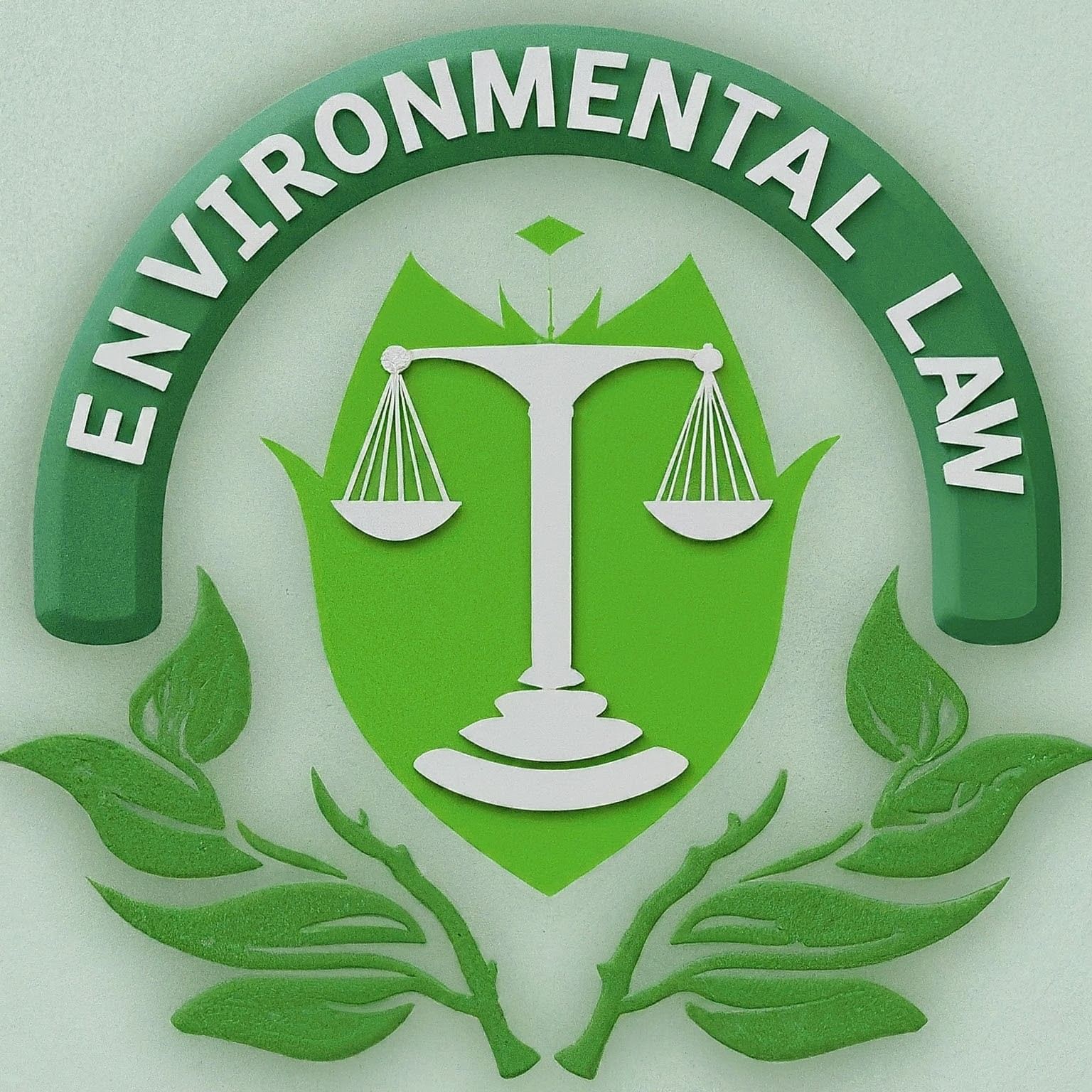Noise Pollution (Regulation and Control) Rules, 2000 | Environmental Law - CLAT PG PDF Download
| Table of contents |

|
| Introduction |

|
| Different Areas/Zones |

|
| Responsibility for Enforcement of Noise Pollution Control Measures (Rule 4) |

|
| Judicial Decisions |

|
Introduction
Increasing ambient noise levels in public places from various sources such as industrial activity, construction, firecrackers, sound-producing instruments, generator sets, loudspeakers, public address systems, music systems, vehicular horns, and other mechanical devices have harmful effects on human health and psychological well-being. Noise Pollution (Regulation and Control) Rules, 2000 were enacted by the Central Government under the Environment Protection Act, 1986, to regulate and control noise-producing sources and maintain ambient air quality standards concerning noise.
Noise Pollution (Regulation and Control) Rules, 2000 were enacted by the Central Government under the Environment Protection Act, 1986, to regulate and control noise-producing sources and maintain ambient air quality standards concerning noise.
Different Areas/Zones
- The State Government categorizes areas into industrial, commercial, residential, or silence zones to implement noise standards.
- Measures for noise abatement include controlling noise from vehicular movements, horns, firecrackers, loudspeakers, and sound-producing instruments.
- Development authorities and local bodies must consider noise pollution in planning to maintain ambient air quality standards.
- An area of not less than 100 meters around hospitals, educational institutions, and courts may be declared a silence zone.
 |
Test: Emergence of Environmental Legislations in India - 1
|
Start Test |
Responsibility for Enforcement of Noise Pollution Control Measures (Rule 4)
- Noise levels must not exceed ambient air quality standards as specified in the Schedule.
- The authority is responsible for enforcing noise pollution control measures and ensuring compliance with standards.
- State Pollution Control Boards or Pollution Control Committees, in consultation with the Central Pollution Control Board, will collect and publish technical and statistical data on noise pollution and control measures.
Restrictions on the Use of Loudspeakers/Public Address Systems and Sound-Producing Instruments (Rule 5)
- Loudspeakers and public address systems require written permission from the authority for use.
- Use of loudspeakers, public address systems, or sound-producing instruments at night is restricted except in closed premises for communication within, like auditoria or during public emergencies.
- The State Government may allow the use of loudspeakers or public address systems at night during specific cultural or religious occasions not exceeding fifteen days a year.
- Noise levels at the boundary of the public place using loudspeakers or public address systems must not exceed 10 dB (A) above ambient noise standards or 75 dB (A), whichever is lower.
- Noise from privately owned sound systems at the boundary of private property must not exceed 5 dB (A) above ambient noise standards for the area.
Restrictions on the Use of Horns, Sound Emitting Construction Equipment, and Bursting of Fire Crackers (Rule 5A)
- Use of horns is prohibited in silence zones or during night time in residential areas except during public emergencies.
- Sound emitting fire crackers are not allowed in silence zones or during night time.
- Sound emitting construction equipment cannot be used or operated at night in residential areas and silence zones.
Power to Prohibit or Control Music, Sound, or Noise (Rule 8)
- If the authority determines, based on reports or complaints, that music or noise is causing nuisance or disturbance, they can issue written orders to prevent, control, or regulate such activities.
- The authority can modify or rescind orders based on applications from aggrieved parties, providing opportunities for all parties to present their cases.
Judicial Decisions
- Own Motion v State of Tripura, WP(C) No.508/2018: The Court emphasized the need for strict compliance with noise regulations, particularly regarding the use of loudspeakers within silence zones near educational institutions and hospitals.
- Church of God (Full Gospel) in India v. K.K.R. Majestic Colony Welfare Association, 2000 Cri.LJ 4022: The Supreme Court ruled that noise pollution regulations apply even to religious activities, stressing the importance of not disturbing others with loud prayers or music. It highlighted the rights of sensitive individuals like the elderly, sick, and young children regarding noise disturbances.
Conclusion
Noise pollution is a significant issue that affects both animals and humans, infringing on the right to life and causing various health problems.
Despite existing laws to protect the public from noise pollution, implementation remains a challenge, indicating a need for more effective and comprehensive regulations in this area.
|
24 docs|10 tests
|
FAQs on Noise Pollution (Regulation and Control) Rules, 2000 - Environmental Law - CLAT PG
| 1. What are the different areas/zones defined under the Noise Pollution (Regulation and Control) Rules, 2000? |  |
| 2. Who is responsible for enforcing noise pollution control measures as per Rule 4 of the Noise Pollution (Regulation and Control) Rules, 2000? |  |
| 3. What are some common judicial decisions related to noise pollution in India? |  |
| 4. How can individuals report violations of noise pollution regulations? |  |
| 5. What penalties are imposed for violating noise pollution norms as per the Noise Pollution (Regulation and Control) Rules, 2000? |  |






























